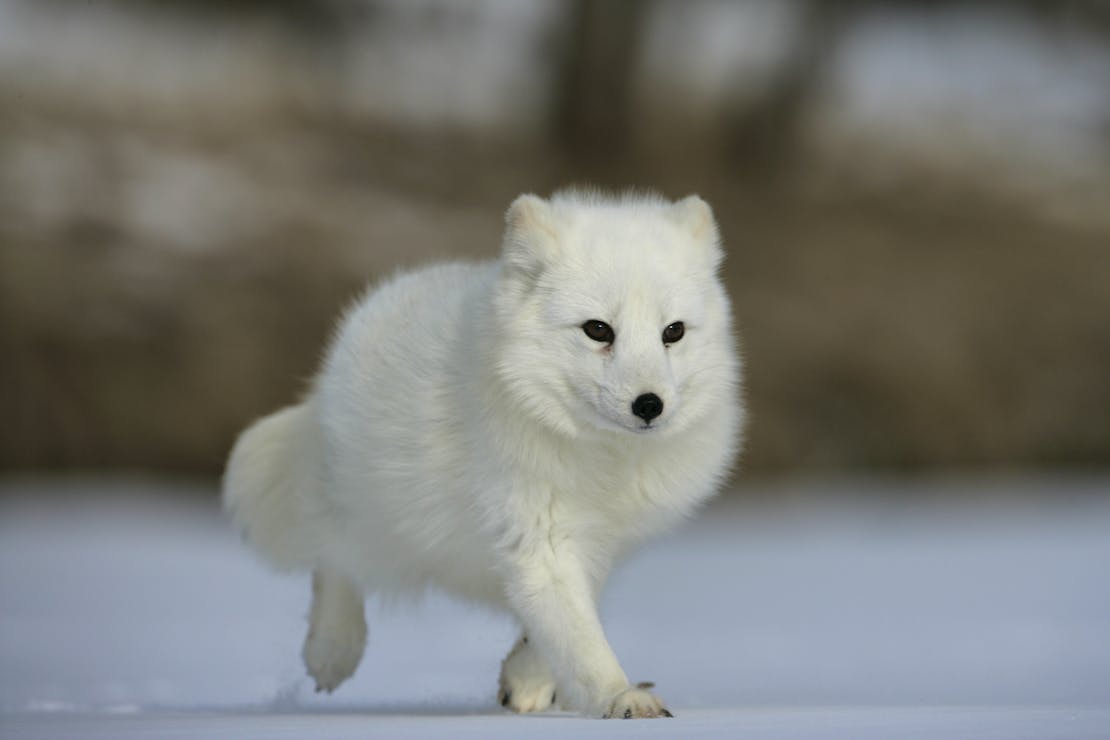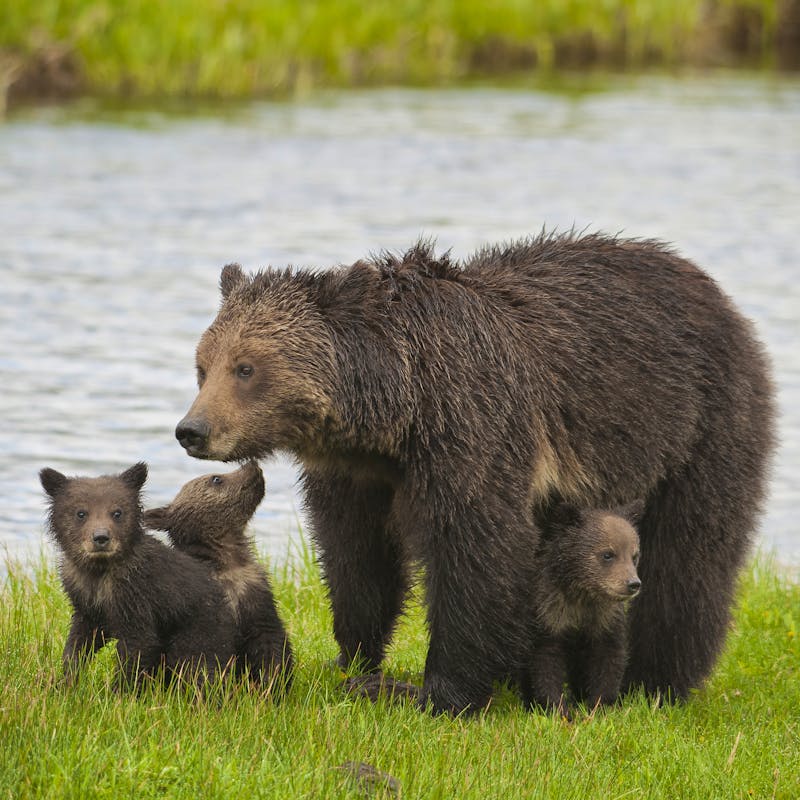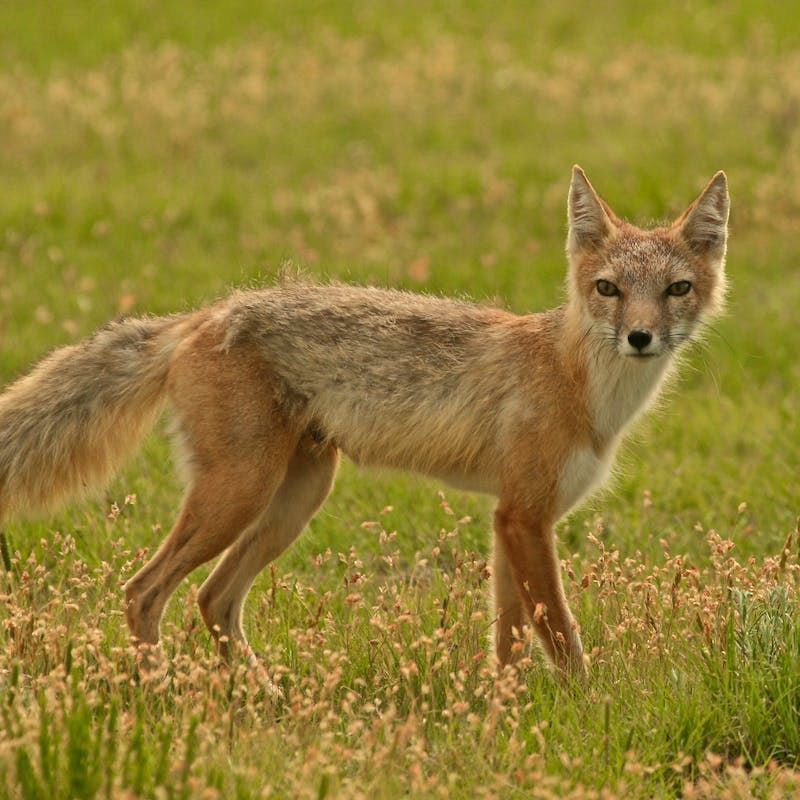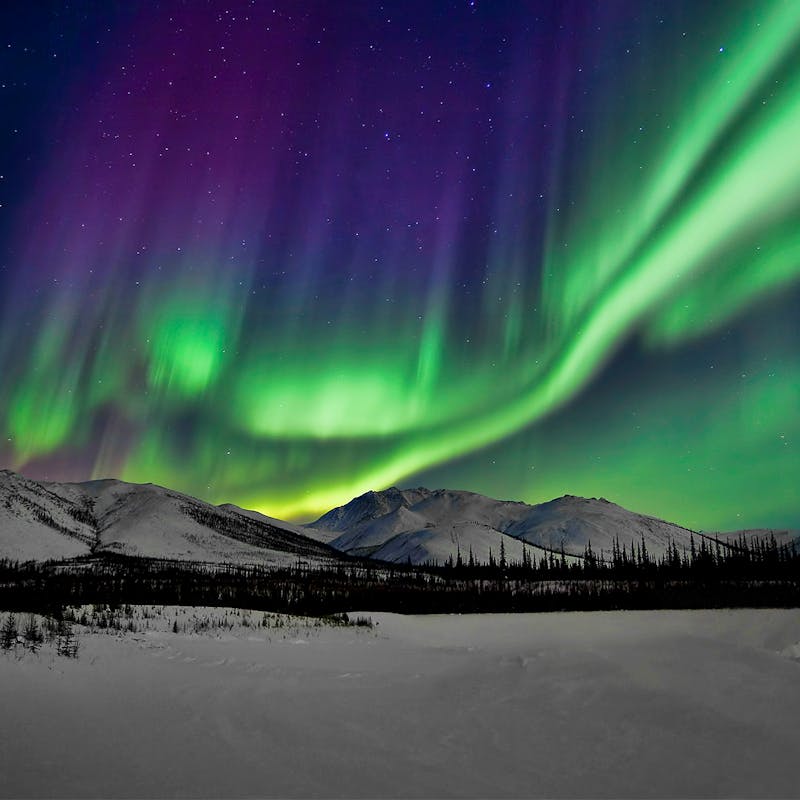Join our mobile Rapid Response Network!
You can be the first to hear about how we’re going to hold this administration accountable and how you can fight back for wildlife!
Arctic foxes have several adaptations that allow them to survive. Their round, compact bodies minimize surface area that is exposed to the cold air. Their muzzle, ears, and legs are short, which also conserves heat. Of course, the defining feature of the Arctic fox is their deep, thick fur which allows them to maintain a consistent body temperature. Arctic foxes also have thick fur on their paws, which allows them to walk on both snow and ice.
They are also known as white foxes, polar foxes and snow foxes because of these adaptations.
Habitat destruction and fragmentation, oil leasing, pesticides, disease and climate change.

Defenders' Impact
Defenders is working to prevent the loss of our most vulnerable wildlife species, particularly in the Arctic, where the effects of climate change are most evident. We are advocating against drilling on the Arctic Refuge, for the protection of habitat corridors that allow wildlife to move between the refuge and Canada, and for funding of on-the-ground research to better understand how warmer temperatures are affecting wildlife.
What You Can Do
Stand up for habitat protections across the country and speak out against oil and gas drilling and mining. Cut your carbon emissions and help mitigate climate change.

About
The Arctic fox is found throughout the entire Arctic tundra, including Alaska, Canada, Greenland, Russia, Norway, Scandinavia, and even Iceland, where it is the only native land mammal.
The Arctic fox population is several hundred thousand but fluctuates with the available lemming population.
Arctic foxes change the color of their fur with the seasons. In winter they are white to blend in with the snow, while in the summer their coat changes to brown or gray.
Mating season for the Arctic fox usually lasts from early September to early May. Arctic foxes usually mate for life, and both mother and father help raise the pups.
Lemmings are the staple food for Arctic foxes. However, they are quite opportunistic and will eat whatever is available on the frozen tundra, even if it means scavenging leftovers.
News









